Introduction: Migrating a Website to a New Host
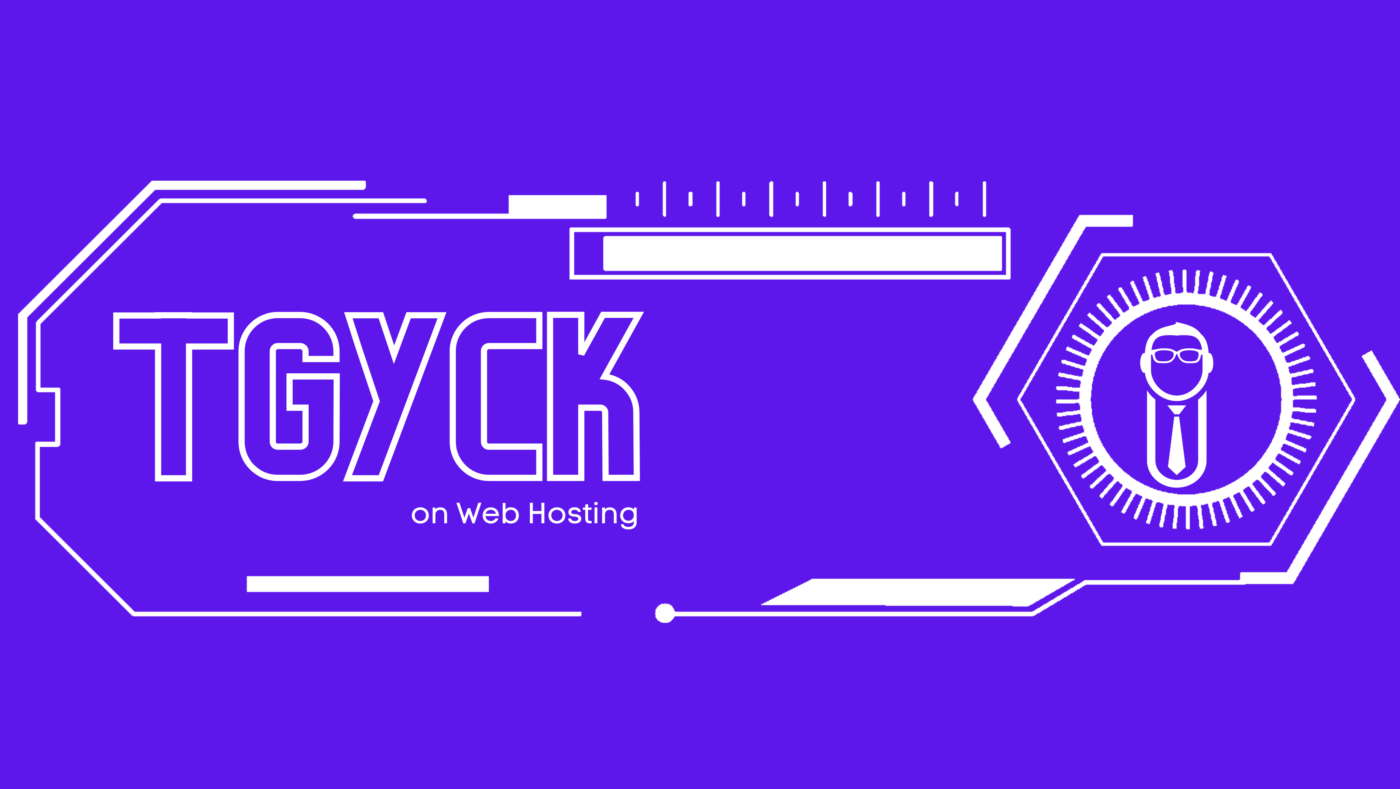
This blog post provides a detailed step-by-step guide on how to migrate a website to a new host. Learn how to choose a new host, backup your website, upload it, configure DNS and domain names, run tests and update website settings for a successful migration.
The Changing Landscape of Web Design
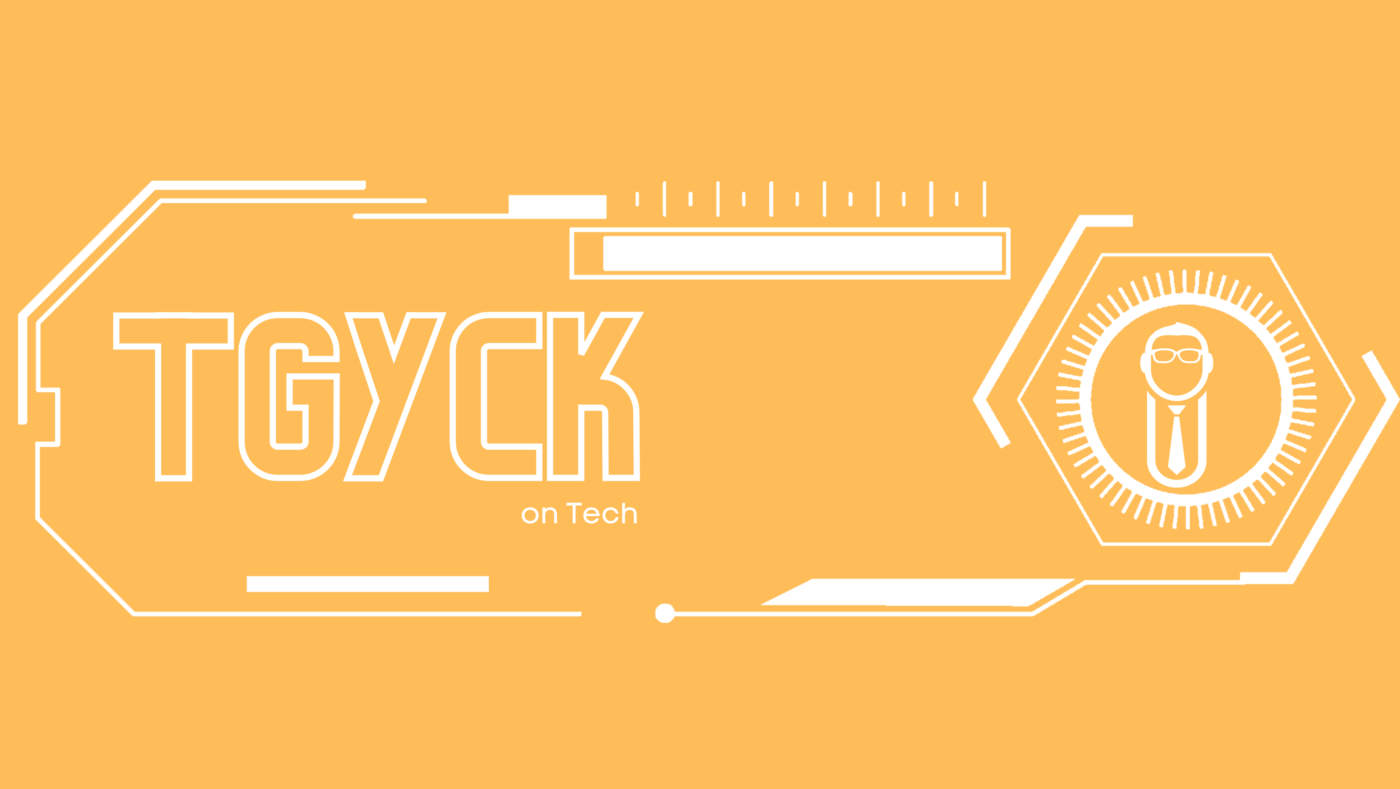
This blog post explores how AI technology is revolutionizing the field of web design and how it can be used to create personalized user experiences, reduce design time and costs, and overcome challenges and limitations. It provides readers with an insight into the changing landscape of web design and how AI is impacting the industry.
Introduction: Securing Your Website with an SSL Certificate
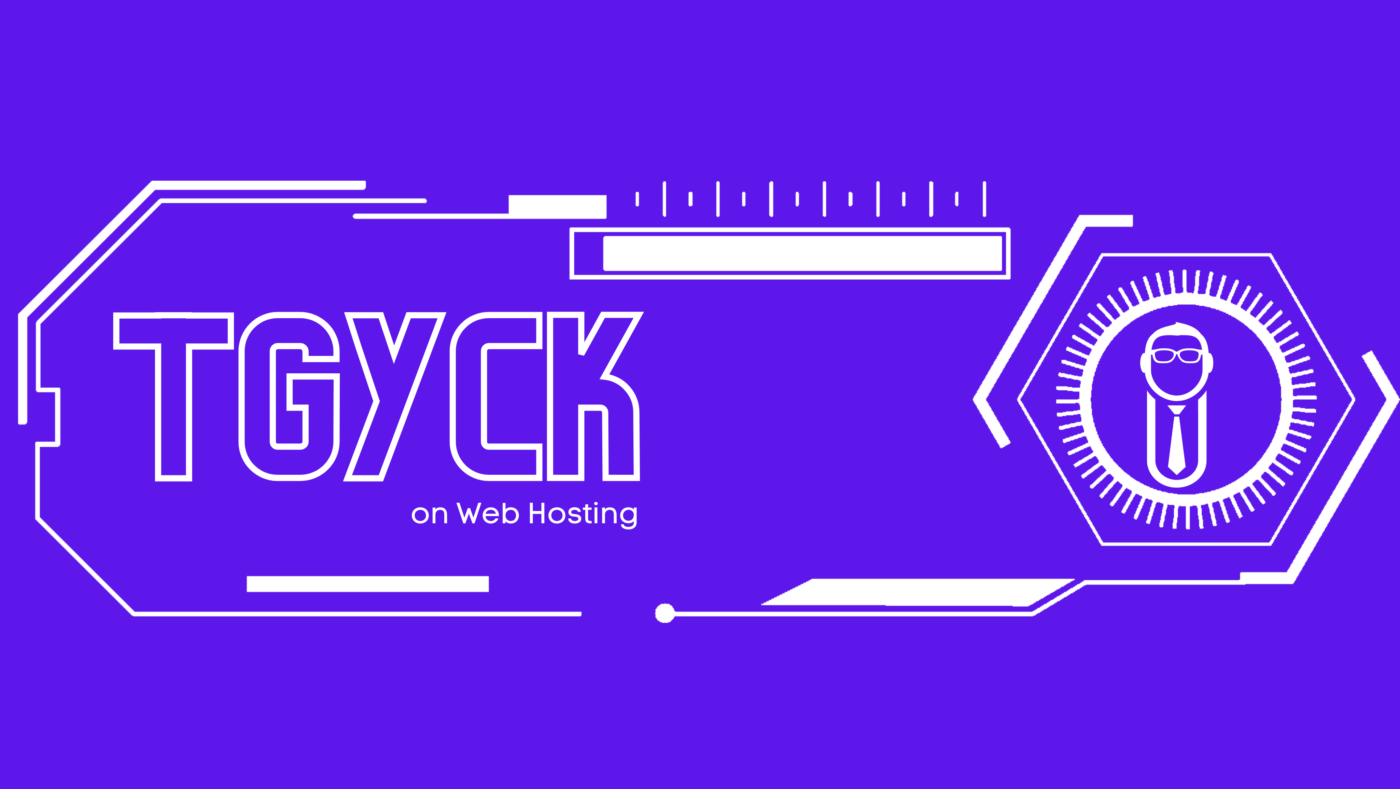
This blog post provides an introduction to the different types of SSL certificates available, and outlines the factors to consider when choosing the right one for your website. It explains the differences between Domain Validated and Extended Validation SSL certificates, and provides tips on how to choose the right certificate for your website.
Introduction to AI-Powered Chatbots Enhancing Customer Service and Improving User Engagement
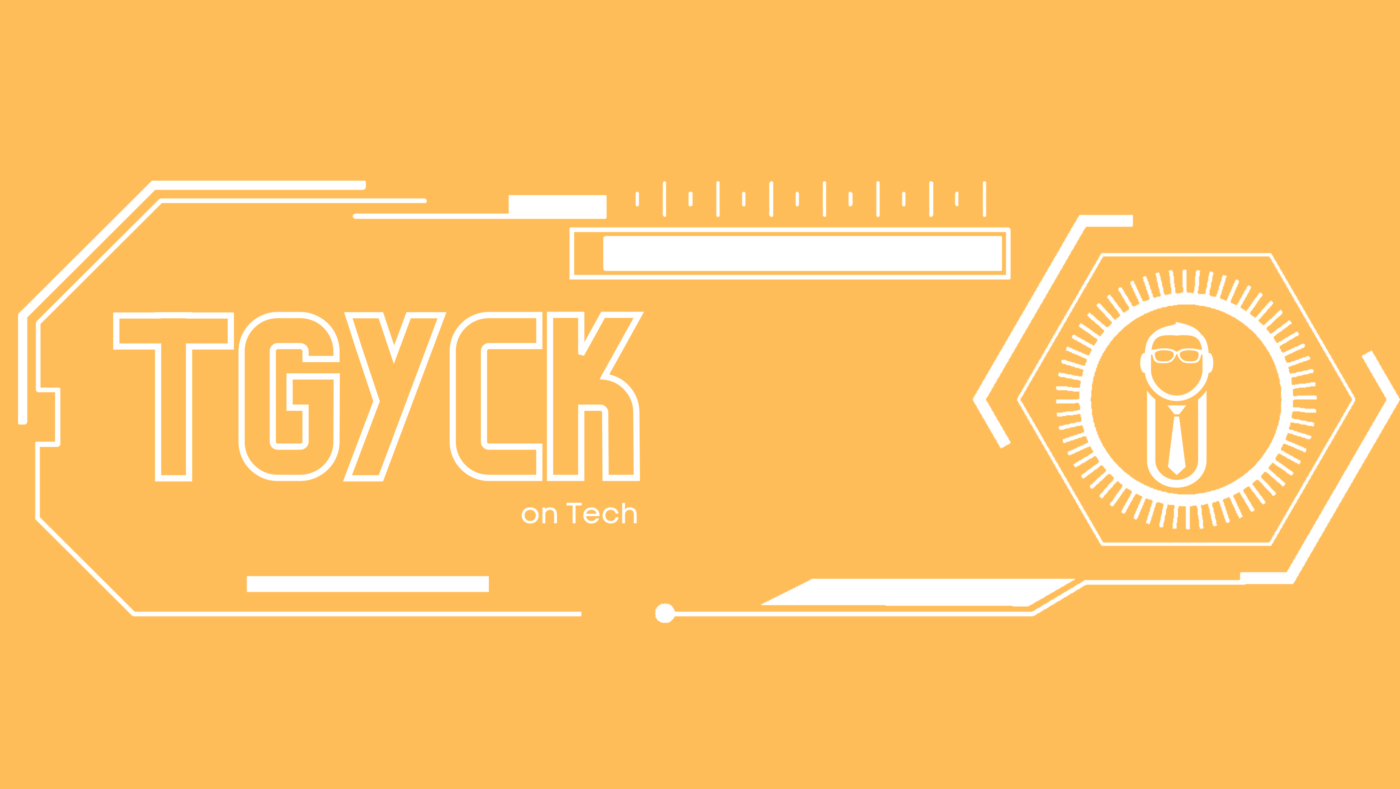
This blog post explores how AI-powered chatbots are revolutionizing customer service and user engagement, and how businesses can benefit from this technology.
Understanding and Mitigating DDoS Attacks for Web Security
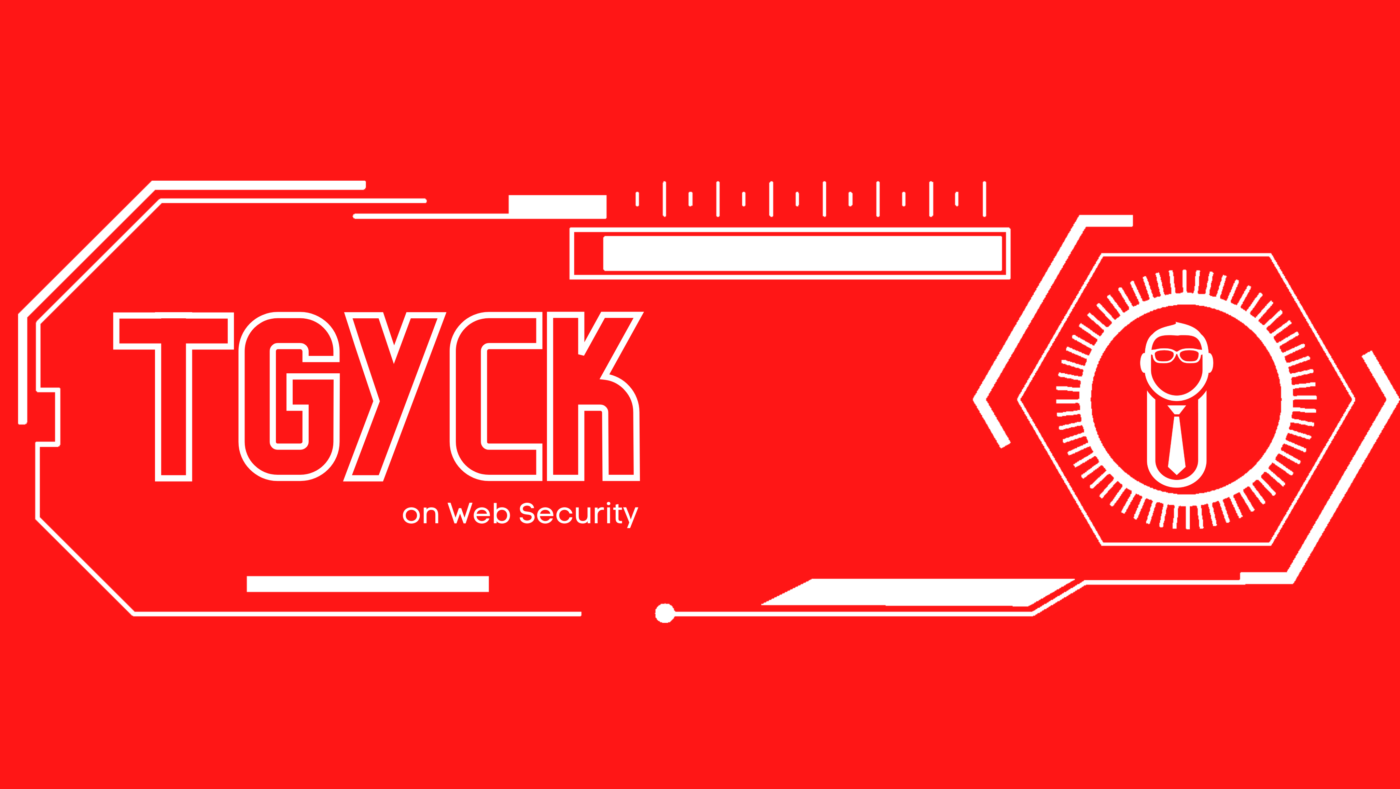
This blog post provides an overview of DDoS attacks and explores various strategies for mitigating them. It covers the types of DDoS attacks and how to use a content delivery network, filter traffic, configure network and server settings, and implement rate-limiting strategies to protect against these attacks.
How AI is Changing the Landscape of Digital Marketing
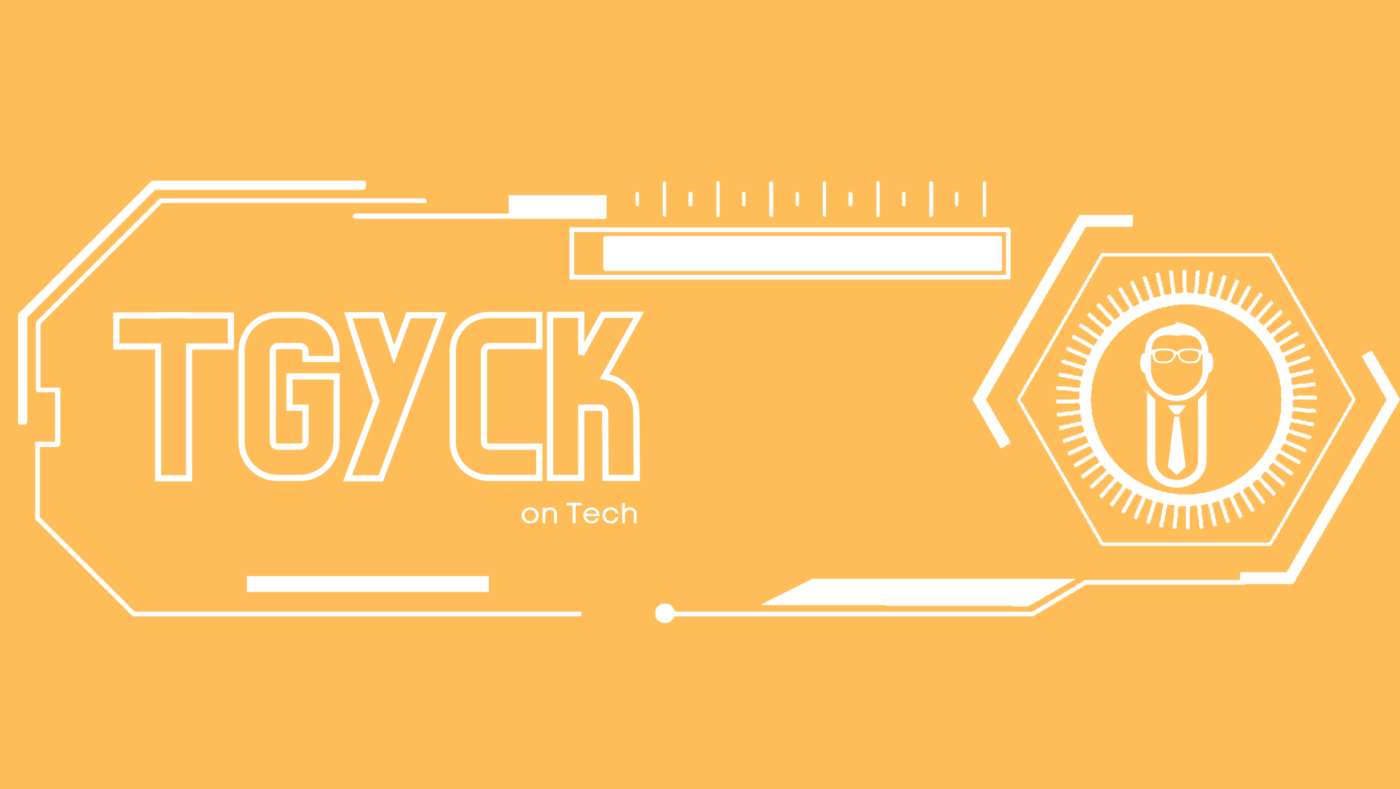
This blog post provides an overview of how AI is changing the landscape of digital marketing. It explores how AI helps businesses personalize their messaging, analyze data, and improve customer service through chatbots. Readers can gain insight into the impact AI has on digital marketing and understand how to use it to their advantage.
Secure Password Storage: Best Practices and Encryption Techniques
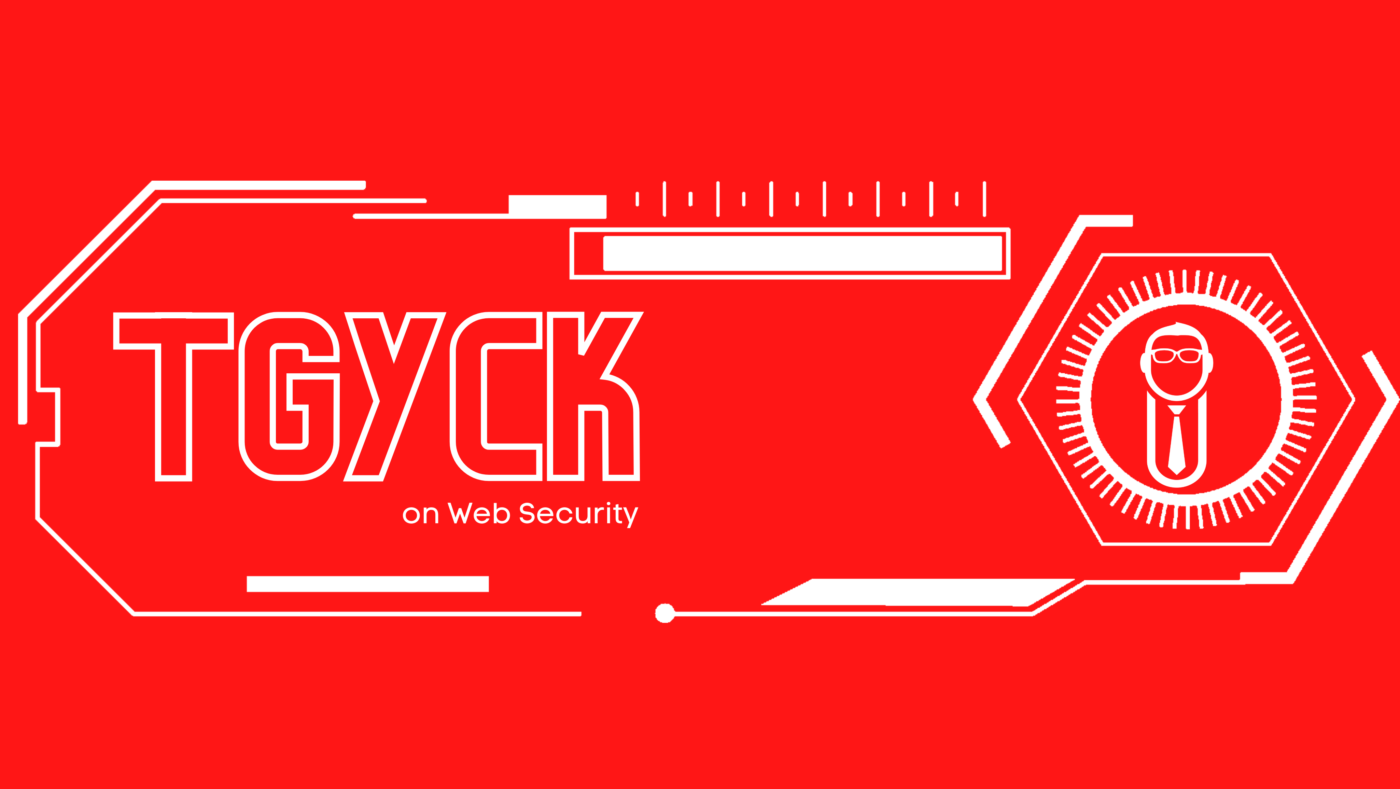
This blog post provides an overview of best practices and encryption techniques for secure password storage. Learn more about using strong passwords, encryption techniques like hashing and salting, and multi-factor authentication to protect yourself and your data.
Tips for Improving Website Speed and Performance
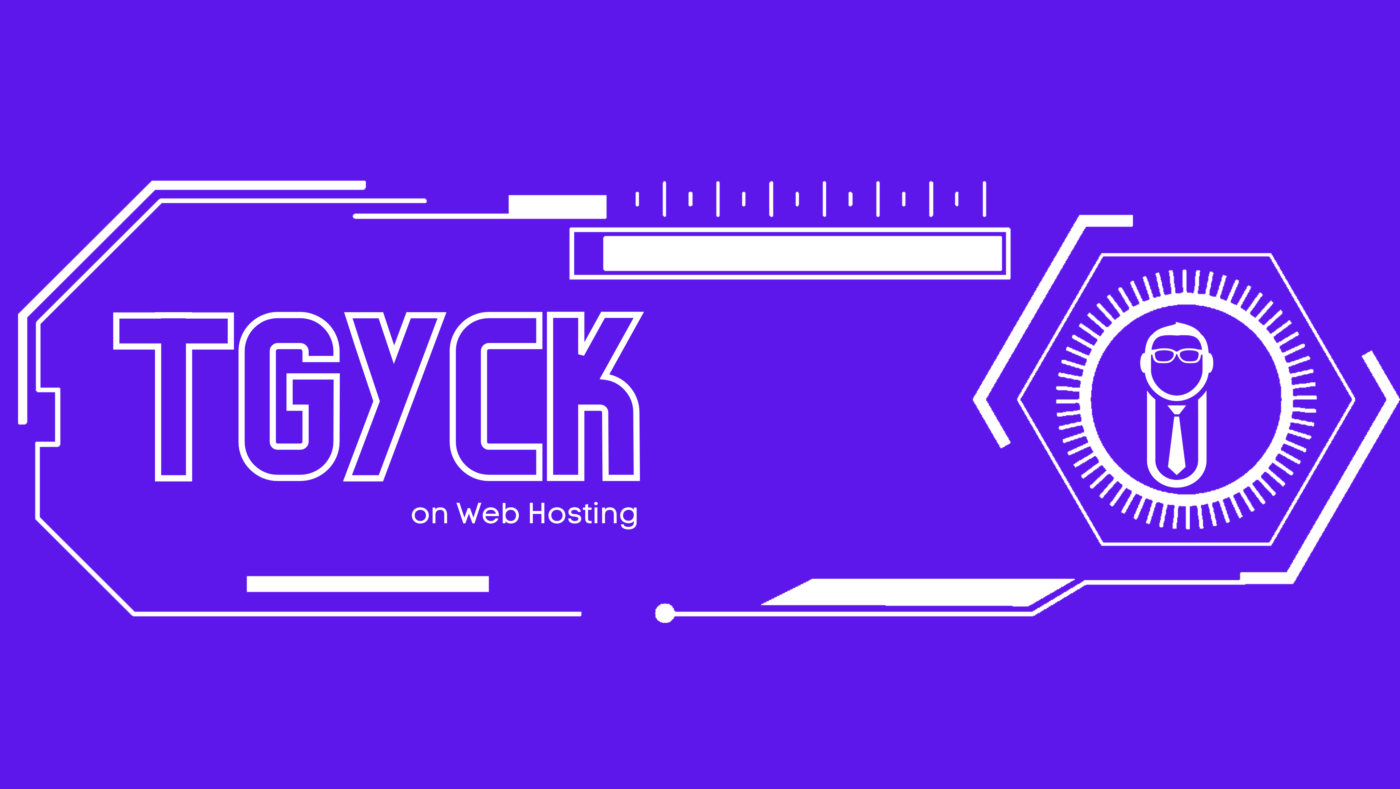
This blog post provides tips for improving website speed and performance. Learn how to optimize images, use a CDN, minimize HTTP requests, use caching, and prioritize above the fold content to ensure your website loads quickly and performs flawlessly.
The Power of AI in SEO
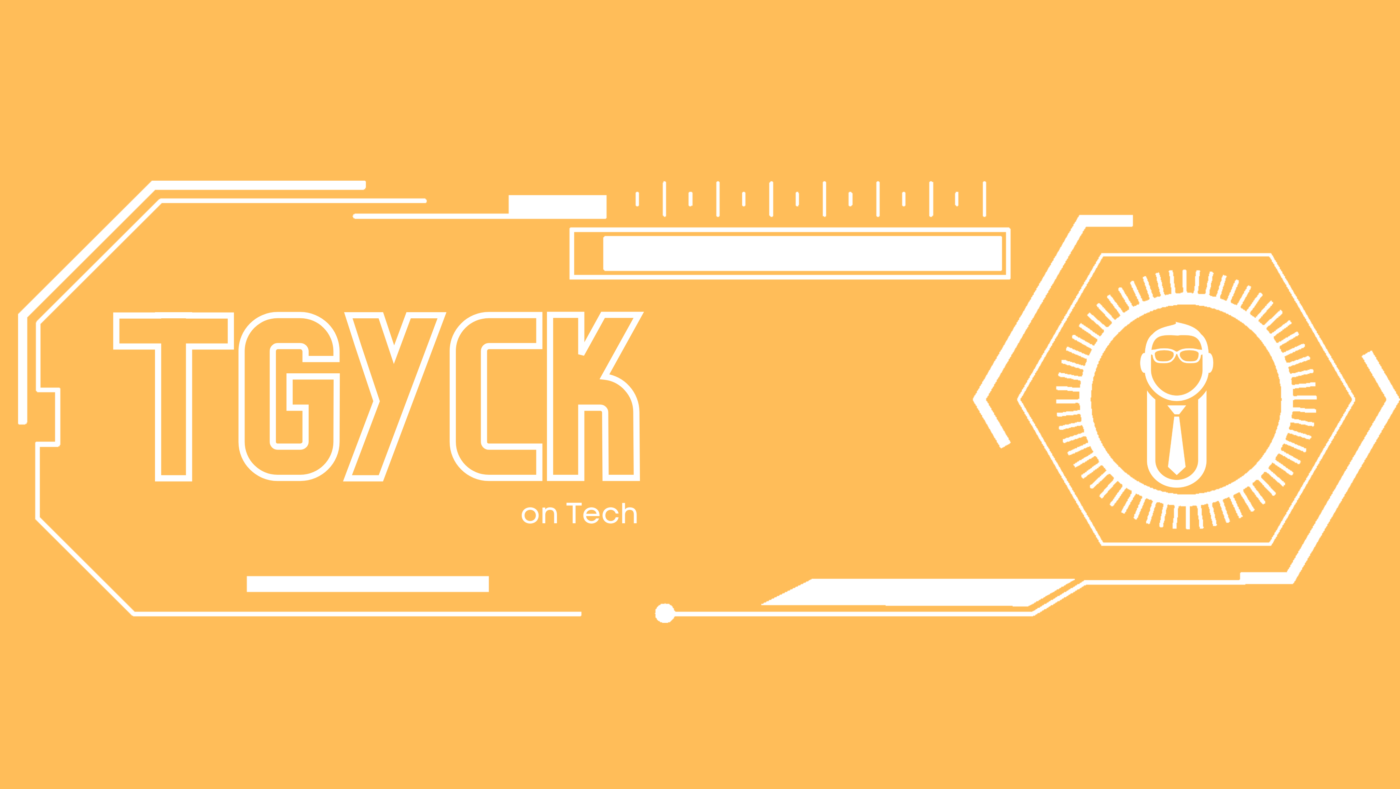
This blog post explores the power of AI in SEO and examines the advantages that it brings to the table. It also looks at the future of AI in SEO and the potential it holds.
Introduction
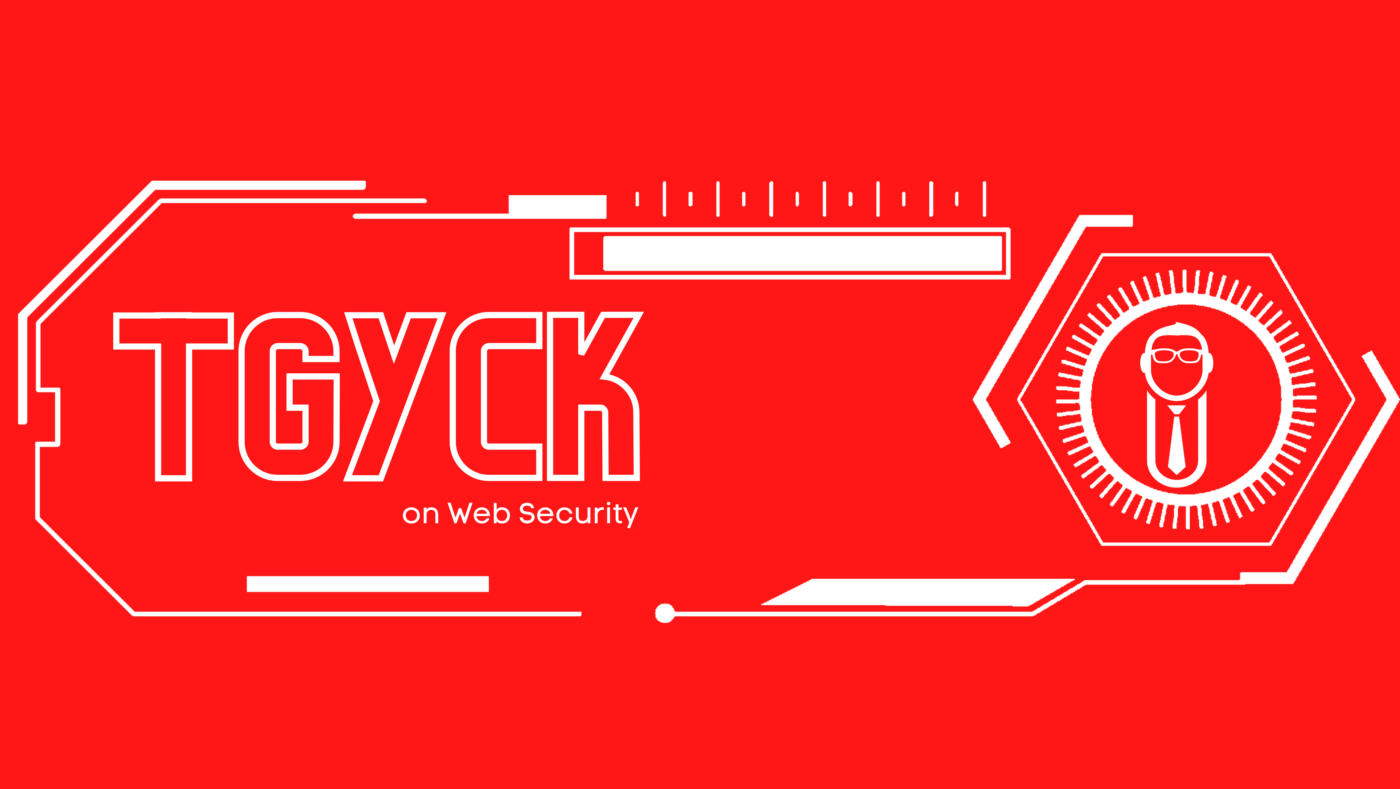
This blog post provides an introduction to Virtual Private Networks (VPNs), exploring what they are, why you should use one, and how to set one up.